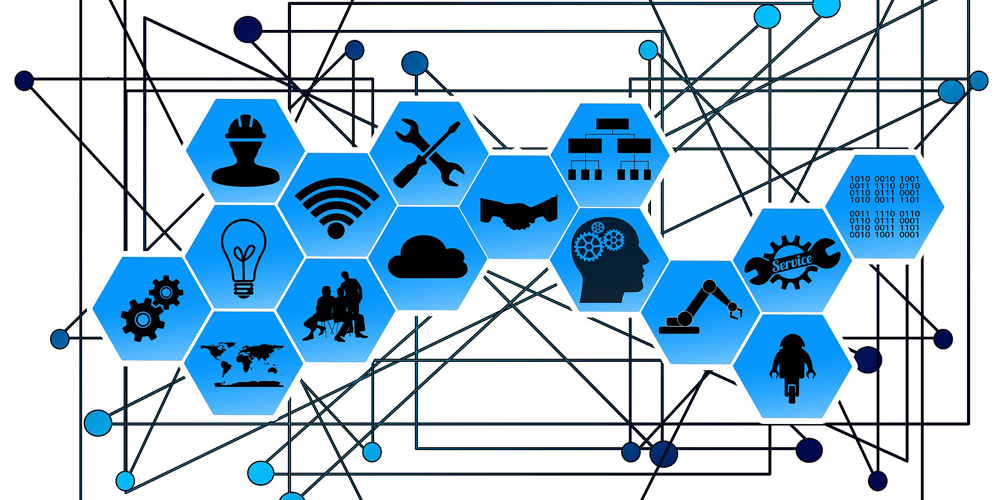
The current draft of the coalition agreement for the new German government does not include keywords such as the Internet of Things or IoT; however, there are a number of references to Industry 4.0 that could be pointing to IoT. The passage talking about the “central goals are…the creation of open and interoperable standards” garnered much attention. It succinctly explains the actual, miserable situation of IoT; every service provider is following their own design for developing software for IoT solutions, machines, and robots. They could hardly be considered compatible with one another, which only catapults us back to the fragmented IT landscape of the 1980’s. Haven’t we learned anything? It is costly to implement these proprietary systems and operating them is ineffective. And it also enables hackers to flourish because it’s difficult to protect so many different devices and equipment.
However, the various manufacturers are not to blame. The problem is the lack of standardization, but of course, the question is how we can develop this if our sights are set on creating a new and dynamic market. There are many attempts being made by many players (manufacturers, for the most part) who are mixing up their own batch of standards in the meantime. Yet none has pushed to the forefront. Individual countries like France are even trying to develop their own standards. The next German government has also finally announced that it would start to tackle the issue (see above). It doesn’t really matter if these individual entities serve up specific results because it will only end up in a patchwork of standards at best, which defeats the purpose of standardization in IT. Cooperation with global standardization bodies and other countries will play a major role in the process. The current coalition agreement rightly states that “the development of common global standards and norms needs to be pushed forward.” But it’s one thing when politicians state their intent, and it can take a while before things are implemented.
Nevertheless, the delayed development hasn’t stopped market researchers from churning out forecasts using nothing but superlatives and publicizing their very optimistic forecasts. For example, BI Intelligence speaks of a five-year market volume of $6 trillion. Other analysts foresee very similar things.
It’s no wonder that we are seeing rapid growth. IoT offers many advantages: streamlined processes, more rapid response times on the market, predictive maintenance, improved capacities for machines/equipment, traceability of products, new and innovative markets, more satisfied customers, and lower costs overall for IT, product R&D, and companies.
However, these advantages exact their price: gigantic quantities of data. New analysis procedures based on machine learning and artificial intelligence are necessary in order to manage this amount of data and to extract high-quality (business) insights from it. Both technologies are being implemented more and more in IoT, and I am willing to bet that AI and IoT will soon be inseparable. I will even double down and predict that, in a few years, we will look back to a time when IoT and AI changed the very essence of how we live and how our economy works.
Automated driving provides a wonderful example. It will not only replace conventional vehicles and demonstrate the purest form of innovation, but it will also change the lives of millions of businesspeople who will no longer consider the time spent behind the wheel of their personal vehicles as wasted time. It will mean that they can finally combine their time spent at work with their commute more effectively. At the same time, millions of people with an aversion to driving or those unable to drive will experience tremendous gains in unlimited mobility again. Automated driving will shake the very foundations of our lifestyles.
Dell Technologies is also in the vanguard of IoT. Michael Dell confirmed this fact at a presentation of new IoT strategies last fall: “IoT is fundamentally changing how we live, how organizations operate and how the world works.” And these words have been heeded: A new business division for IoT has been created, and we will invest $1 billion in the Internet of Things over the next three years.